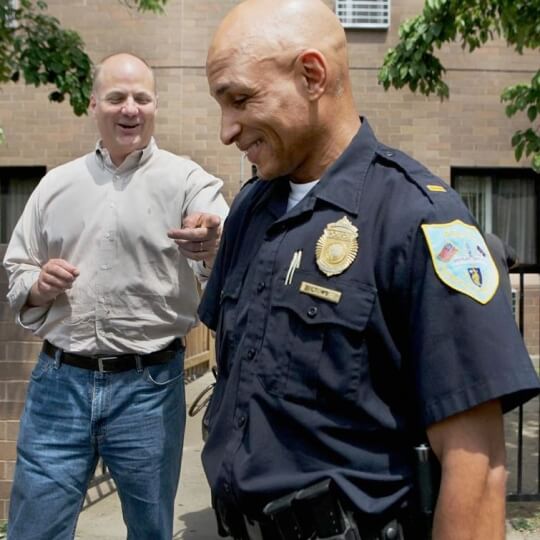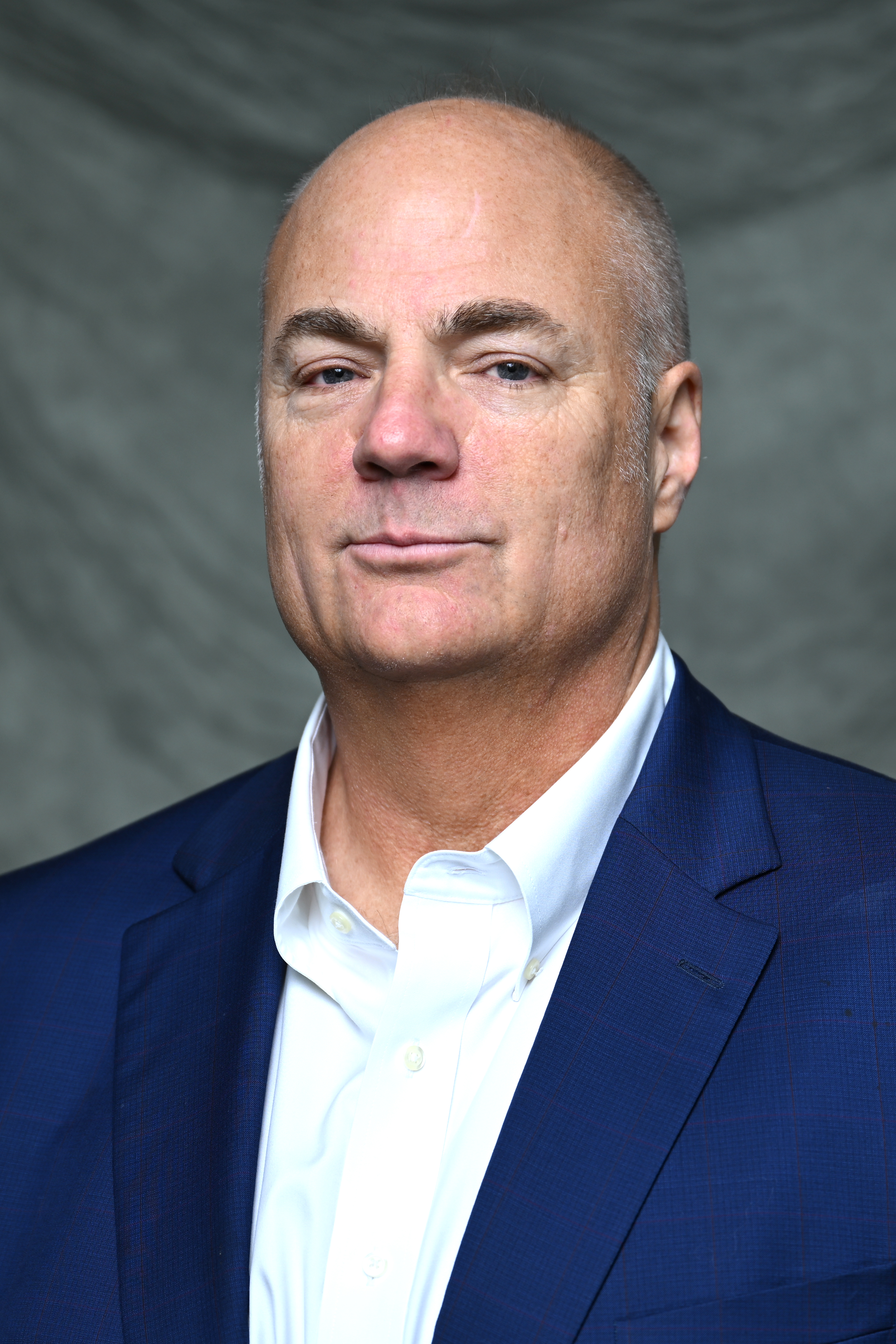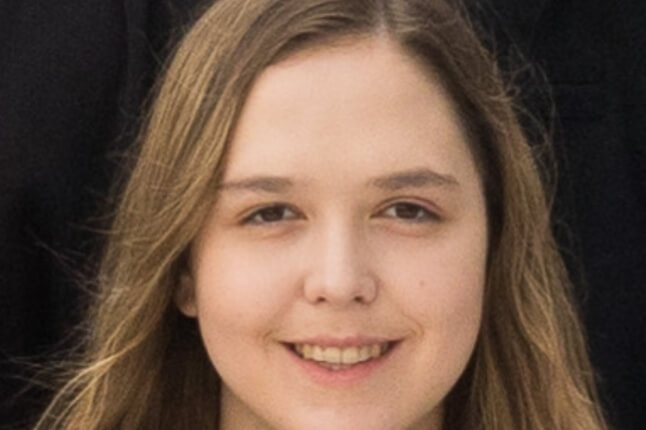News
Kevin Kit Parker, a veteran of the war in Afghanistan and a professor at Harvard, chatted with Springfield police Lieutenant Rupert Daniel. (Photo by Wendy Maeda/Globe Staff.)
The following article by Carolyn Johnson appeared in the Boston Globe on August 20, 2012:
SPRINGFIELD — US soldiers’ strategies to stop insurgents in Iraq and Afghanistan have found a new application in an odd place: a tough neighborhood in Springfield.
State and local police, led by troopers who learned counterinsurgency in foreign war zones, are using similar techniques here, in an attempt to combat gang violence. And there are early indications the three-year-old experiment is working, according to an analysis by Harvard students. The team hopes its efforts here will yield lessons for police elsewhere in the United States and soldiers abroad.
“We want to make Springfield a laboratory, the way Framingham is for heart disease; let’s turn this into a science,” said Harvard professor Kevin Kit Parker, who himself worked in counterinsurgency during deployments in Afghanistan.
The idea to adapt counterinsurgency tactics for Springfield grew out of a simple observation: Gang members, like terrorists in a war zone, rely on the passive protection of a community. The majority of the residents are law-abiding but not motivated to turn in the bad guys.
“Terrorists and insurgents operate in failed states. Gang members move into failed neighborhoods,” said Michael Cutone, a state trooper and Green Beret who is one of the leaders of the effort.
The early results show that arrests are up in the neighborhood, even as Springfield police found crime has fallen sharply and become less serious. But measuring other aspects of social change here has proved challenging.
Topics: Academics
Cutting-edge science delivered direct to your inbox.
Join the Harvard SEAS mailing list.
Scientist Profiles
Kit Parker
Tarr Family Professor of Bioengineering and Applied Physics




